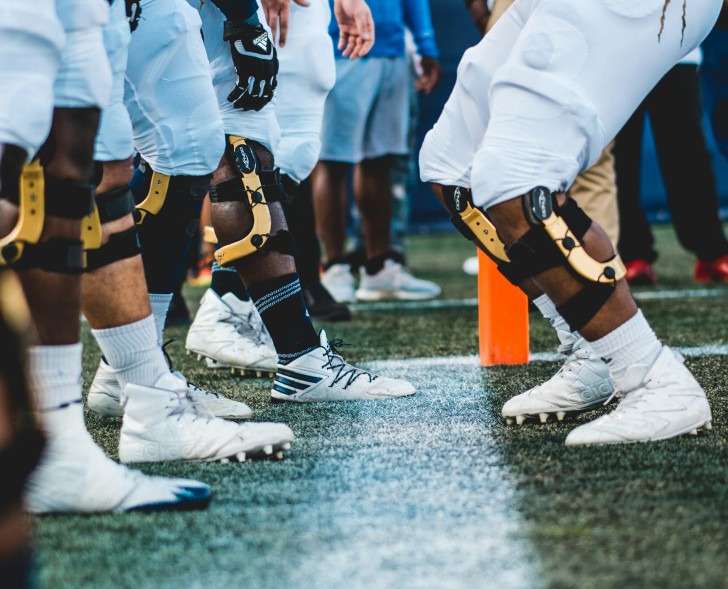The business model is carefully structured to maintain competitive balance while generating significant profits for owners.
Beyond traditional revenue streams, teams now engage in innovative partnerships with a variety of companies. Betting platforms such as DraftKings have become increasingly integrated into sponsorship portfolios, reflecting the growing intersection of sports entertainment and digital gaming. These partnerships illustrate how teams are leveraging fan engagement to unlock additional revenue.
Ownership Structure and Decision-Making
Most NFL teams are privately owned, often by wealthy individuals or families. The league requires prospective owners to meet strict financial and operational criteria, including approval by at least 75 percent of existing owners. While some teams are owned by single individuals, others are controlled by groups, such as publicly visible family trusts or small investor partnerships.
Ownership decisions typically focus on both financial and competitive priorities. From a financial perspective, owners monitor revenue growth, operational costs, and long-term investments in stadiums or training facilities. Competitively, they influence coaching hires, player acquisitions, and scouting budgets, though day-to-day roster decisions are usually handled by the general manager and front office staff.
Revenue Streams
Media Rights
Media rights are the most lucrative part of an NFL team’s income. Each season, the league negotiates national broadcast deals worth billions of dollars, which are then distributed among teams. For example, in 2023, league-wide media revenue reached over $12 billion, with each team receiving roughly $450 million from national contracts. Local media deals can also add millions more, depending on market size.
Game Day Revenue
Ticket sales, suites, and in-stadium concessions are major revenue contributors. Top-market teams such as the Dallas Cowboys or New York Giants can generate upwards of $200 million annually from stadium-related income alone. Teams also invest in fan experiences, from premium seating to entertainment zones, to encourage repeat attendance.
Sponsorship and Partnerships
Sponsorships range from official league partners to local businesses. Companies gain visibility through jersey patches, in-stadium signage, broadcast mentions, and digital marketing. Partnerships with platforms like DraftKings show how teams are monetizing emerging categories while remaining within league regulations on gambling advertising. High-profile partnerships can generate tens of millions annually and often extend across multiple years.
Merchandising and Licensing
Merchandise sales are another key revenue driver. NFL teams receive a share of league-wide sales and also run their own team-specific stores. Items range from apparel to collectibles, with premium products like signed memorabilia fetching significant margins. Licensing extends the brand into digital content, video games, and other media, further broadening revenue streams.
Cost Structure
Running an NFL team involves substantial costs. Player salaries are the largest expense, governed by the league’s salary cap to ensure parity. For 2024, the salary cap was set at $246.5 million per team, which includes active roster players, practice squads, and other incentives.
Other operational costs include coaching staff salaries, front office personnel, stadium maintenance, security, and marketing. Teams also invest heavily in analytics, sports science, and player development, as well as long-term capital expenditures such as stadium renovations or training complex upgrades.
Profitability and Valuation
Despite high expenses, NFL teams are among the most profitable sports franchises globally. Forbes reports that the average NFL team is valued at $5.9 billion, with annual operating income often exceeding $200 million. Top-tier teams in major markets, like the New England Patriots or Los Angeles Rams, can see valuations in the $10 billion range due to brand strength, stadium deals, and media contracts.
Profitability is not just about immediate revenue. Owners often use the team as a long-term investment. Appreciation in franchise value, strategic partnerships, and diversified income streams, such as stadium events or hospitality, helps drive returns.
Governance and League Oversight
NFL owners operate within a collective governance framework. The league commissioner enforces rules on competitive balance, player safety, and financial practices. Revenue sharing ensures smaller-market teams remain competitive, while owners vote on major decisions such as rule changes, new stadium projects, or expansion.
Ownership groups also participate in league committees that focus on marketing, finance, and international growth. This collaboration ensures that teams benefit not just from their own operations but also from the overall success of the league.
Running an NFL team requires balancing on-field competitiveness with financial discipline. Owners must manage multimillion-dollar operations, develop innovative partnerships, and oversee a diverse portfolio of revenue streams. From media rights and ticket sales to merchandise and corporate sponsorships, every decision impacts profitability and franchise value. Partnerships with companies like DraftKings illustrate the evolving landscape, where teams leverage fan engagement and technology to create new revenue opportunities. Ultimately, the success of an NFL team depends on smart governance, strategic investment, and the ability to connect with fans both on and off the field.
 Editorial staff
Editorial staff

 Editorial staff
Editorial staff


